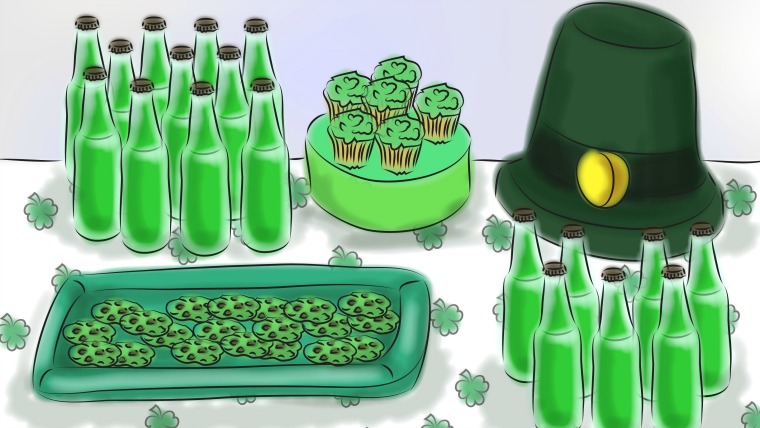St. Patrick’s Day: a festival explaining traditional Irish culture with shamrocks and green
Every 17 March, numerous locations around the world celebrate the festival in honour of St. Patrick, the patron saint of Ireland. Although the Irish community in Barcelona is not particularly sizeable, the celebrations are becoming more firmly-rooted and gradually involving various popular culture groups in the city. This is a great opportunity to get to know the customs and traditions of the emerald isle, as the festival has become an emblematic display of Irish culture. The occasion includes traditional céilithe Irish music sessions, traditional dances, cuisine and more.
Just why is St.Patrick’s Day so fervently celebrated outside Ireland? Lá Fhéile Pádraig, as the festival is called in Gaelic, has been an official holiday since the start of the 17th century and a festive occasion as from 1903. Originally a Catholic festival, over time the occasion has evolved into a celebration of Irish culture. The Irish diaspora has much to do with this, overseas Irish communities transforming the Catholic festival into a festive and secular event.
Because of this, there was a point at the start of the 20th century when St. Patrick’s Day was celebrated more outside Ireland than it actually was there. Irish communities in the USA, Canada, Australia and other countries held big parades with decorated floats, with the two symbols of the culture from the country of origin ever-present: the shamrock and the colour green. Things have changed though, and these days the week of St. Patrick is devoted to the promotion of the autochthonous language on the island: Irish Gaelic.
Symbols: the colour green and the shamrock
One of the most distinctive elements for St. Patrick’s Day is the predominance of green, with green banners all around, people dressed in green, iconic buildings lit up with green lights and even a river dyed green. The other custom is for people to wear a shamrock on their lapels. This passion for the colour green dates back to the 18th century, with the rise in Irish national sentiment, and because of this green is one of the colours of the Irish flag, along with white and gold. As regards the shamrock, the symbol is linked to the life of St. Patrick. Legend has it that Patrick used the shamrock to explain the mystery of the Holy Trinity to his disciples.




